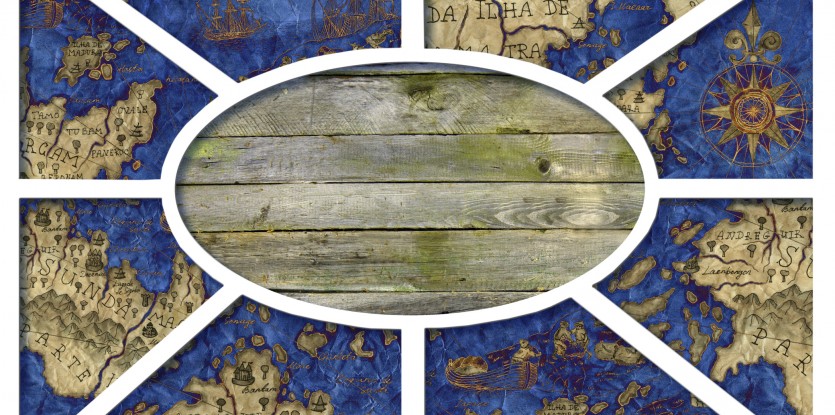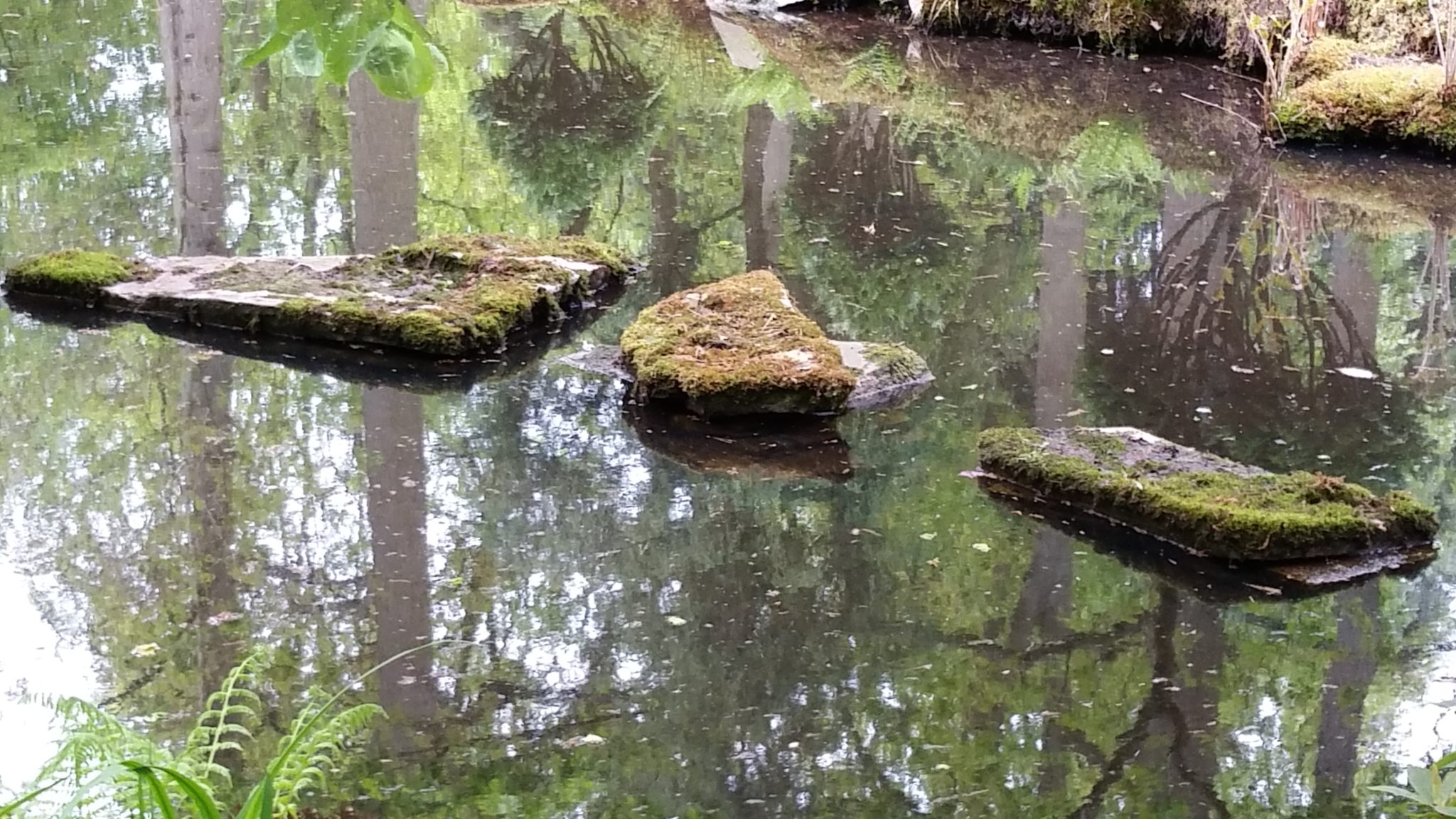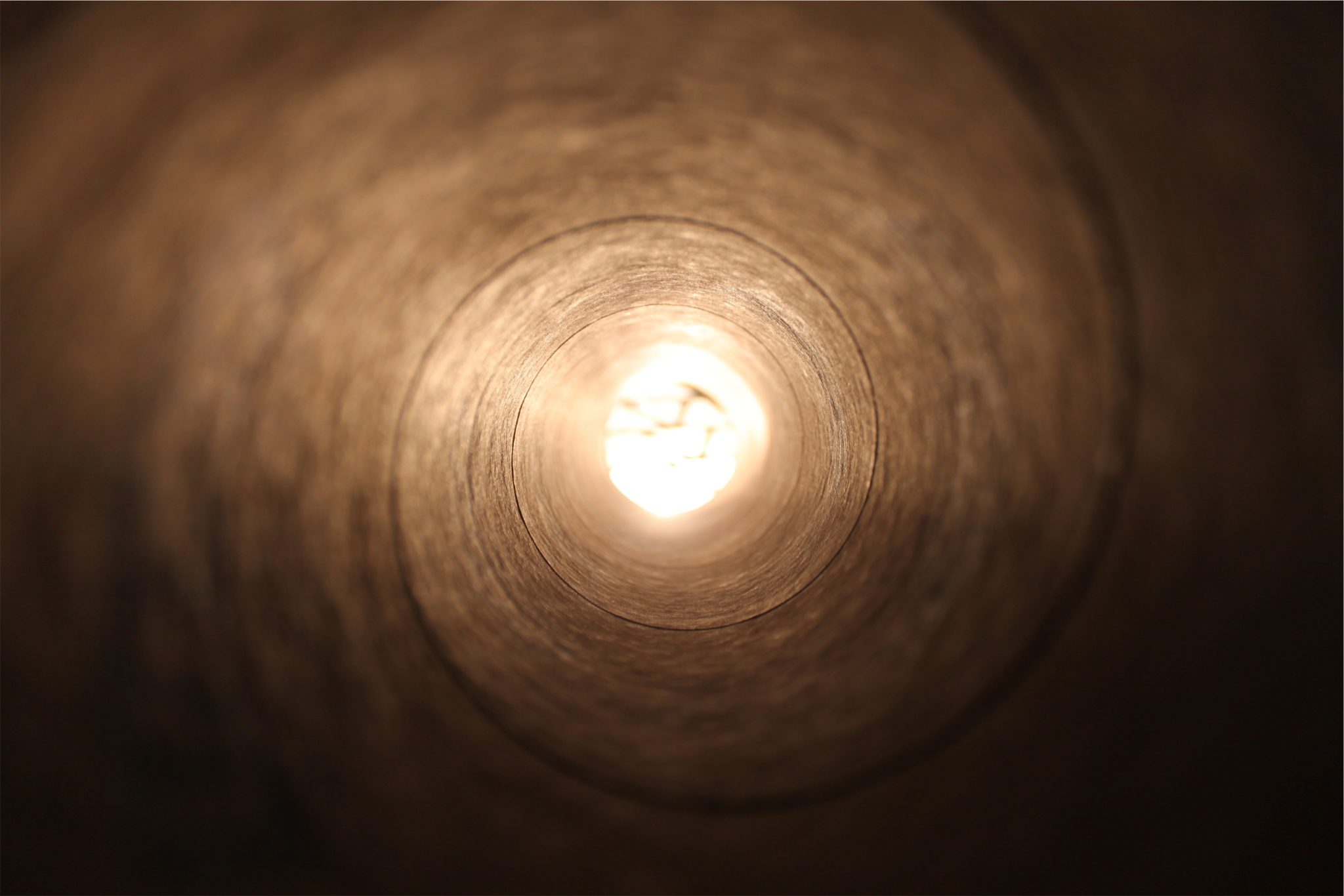Hemshech Tzaddik-Dalet Part IV
Just 8 years into the young 21st century, we are undergoing our first serious transition, marking the shift from one state to another. From economics to politics, the United States and the world at large are experiencing seismic tremors.
First the economy. Just as it seemed that prosperity would keep accelerating, markets would never stop rising, and technologies were advancing at a breathtaking pace, on the verge of reaching digital utopia, we have all been reminded of age-old human vices and the fragility of our structures.
Now, the US Presidential election. However you understand Mr. Obama’s rise to the most powerful position in the world, it clearly has many historical implications, reflecting new transitions underway.
Where will we be in four years from now? In one year from now? In a month? No one can truly say. There are simply too many unknown variables. And with our shrinking global village interconnected like never before, any one little corner of the world, any single individual, can set in motion a domino effect – viral, in today’s lingo – rippling through societies across the planet.
Sucked into the vortex of the whirlpool it is very difficult to see outside of our own selves. Mired in self-interest and in the challenges of the moment, our vision is heavily clouded. To recognize the forest from the trees requires stepping back, climbing up, and take in the scene from a birds’ eye view. When we are able to transcend immediate circumstances, it becomes quite evident that we are in a period of transition from one age into the next.
Which is why these shifts are so disconcerting and utterly unnerving, even traumatic. Whenever we are shaken from our reverie and torn from our comfort zones, we undoubtedly will feel quite upset and disturbed.
Yet, it is precisely at these points in time – when we blindly turn the corner, leaving the past behind and facing an unknown future – that allow us, if we only let go, to see a bigger picture, and allow it to inform the “smaller picture” of our daily lives.
When you think about it, periods like this are inevitable. Like a healthy immune system, every few years our systems have to go through a reality check and a market correction (no pun intended), to realign us and help achieve balance.
Appropriately, the continuing discussion of the Chassidic series Hemshech Tzaddik-Dalet delivered in 1933 – which this column has been covering, to mark the 75th anniversary of this profound discourse – helps us relate to this fundamental process, and how it can radically improve the way we see ourselves and live our lives. Indeed, 1933 was in its own way a time of major transition, with the economic Depression and then the advent of World War II, which would turn the world on its head with its devastating consequences. Today, we have been promised, transitions will be peaceful and lead us to a better world.
The story of the discourse till now: All of existence is a process, a transmission consisting of three stages, yesh, ayin, yesh. All matter – the “body” and being of our physical universe (the created yesh) – carries within it energy (ayin), which in turn originates from a source, the “transmitter” (the true yesh).
Growth is about deeper awareness and allowing that awareness to shape your actions. We, humans, begin our lives with focusing on serving our own selfish (yesh) needs. Then we come to recognize the energy within all matter, and begin to learn how to convert matter into energy. And then, in turn, we come to discover the energy source.
This energy divides into two dimensions: The first is the limited energy as it is contained and relates to matter. The second is the energy as it emanates from the Source. From the perspective of the Source, true “matter” – the ultimate reality- is the Source, and existence as we know it has no substance of its own. From our perspective we think we are “it” and we are “where it’s at,” that the tangible universe that we see, hear, taste, touch and smell, is reality, and its life source, the spiritual energy within, is unknown and amorphous.
Now the series continues to explain (in the discourse that was delivered 75 years ago this week) that these two perspectives are not merely the difference between how we see things from the ‘”bottom up” and “outside in” and how the Divine sees them from the “top down” and “inside out,” but these two perspectives are in the energy itself: Not only does the Source “see” and consider the energy as “nothingness,” but the energy itself humbly senses its insignificance being that in the shadow of the Source.
This is the difference between “matter consciousness” and “energy consciousness:” matter is consumed with its own self importance. “I am.” Energy, on the other hand, is inherently selfless, always cognizant that it is simply an extension and reflection of its source.
– Check out brain researcher, Jill Bolte Taylor’s lecture at the TED conference, in which she fascinatingly describes, from her own personal experience having suffered a stroke, the different “personalities” of the brain’s two hemispheres. The right brain sees itself and all of existence as a field of seamless energy. The left brain sees the person as a distinct entity which declares “I am, I am.” –
Every transition in life and in history is meant to help us achieve the ultimate transition – from matter to energy: Initially our attitudes are driven by self-serving “matter consciousness.” But as we mature, and as our material “comfort zones” are shaken, exposing their cracks and brittleness, we have the opportunity to glimpse the energy within and channel it outward.
The Rebbe Rayatz then goes on to define three different dimensions of the selfless “energy consciousness.”
The first is a profound humility: the energy senses its utter insignificance in face of the energy source. An example of this is a student who feels absolutely trivial in the presence of his great teacher, like a candle in the light of the sun, which actually appears dark in comparison to the sun’s brilliant backdrop.
What is so amazing about this form of consciousness is its paradoxical nature: On one hand the energy clearly exists. It is also infinitely distant from its source. Yet, in its defined parameters it is completely aware of its insignificance in the presence of the source.
However, as we shall see, there are yet deeper levels of energy awareness (to be discussed in future columns).
To remain focused and sane in times of transition like this – and surely to stay ahead of the curve – it is crucial that we connect to the reservoirs of our soul and the energy within all of existence, which makes everything tick.
In simple language this means that as winds of change swirl around us, we find grounding in the timeless values and eternal wellsprings of our soul, by dedicating time each day, each week, to study, pray and be charitable. These are the three pillars upon which the world stands – both the large world and our personal world, each person a “universe in microcosm.”
The more everything around us gets embroiled in confusion and chaos, the more vital it is for us not to allow ourselves, as tempting as it may be, to get caught in the vicious cycle of self-consciousness and self-interest. Instead, go inward. Find your soul. Dedicate yourself to a cause greater than your self. Connect to your selfless “energy consciousness” – the awareness that you are a channel for something far greater than yourself. In return this attitude helps melt away fears and provide you with inner peace, materially and spiritually.
Build and reinforce these pillars in your life, and you will find the strength to understand and appreciate the transitions of our budding century.
* * *
When the Rebbe stopped delivering this discourse due to someone’s complaint that it was too difficult to understand, the Rebbe reportedly said: “M’vil geben perel. Un zei vilen tzukerlech.” We want to offer pearls. And they prefer candies…
Hopefully, we can come to appreciate some of these pearls in our attempt to apply the esoteric concepts in this discourse to our contemporary lives.








Thematically, the dvar is congruent with this weeks sedra. Abraham, unlike his father and brother, who
strike roots in Horon, is willing to continue and complete the transition to the new paradigm. It is this inner equanimity that, I think, is the purpose of the Torah, which promotes sourcing homeostasis from within and
to be independent of exterior circumstances.
As an aside, I have often thought that the brief life span of humans is actually a kindness. Perhaps, we are constitutionally capable of only so many changes, and certainly less transformations. I think the body/mind
has its limitations to continuously adjust. It is only those who have attained, eg Abraham, Moses etc.. that
seem to have the capacity to be open to their many paradigm shifts and act within them.
May Great Men with Good Vision Fix our Planet soon in our days!
nice…
I was speaking with a homeless man on the street, as we were talking his dog was wanting to move on, he looked down at the dog and said dog we might be homeless but we do not have to act homeless.
I think I get your esoteric thought, we are in this world but not of this world?
Israel
Ever as pertinent. Thanks for the pearls.
Great information ty. My